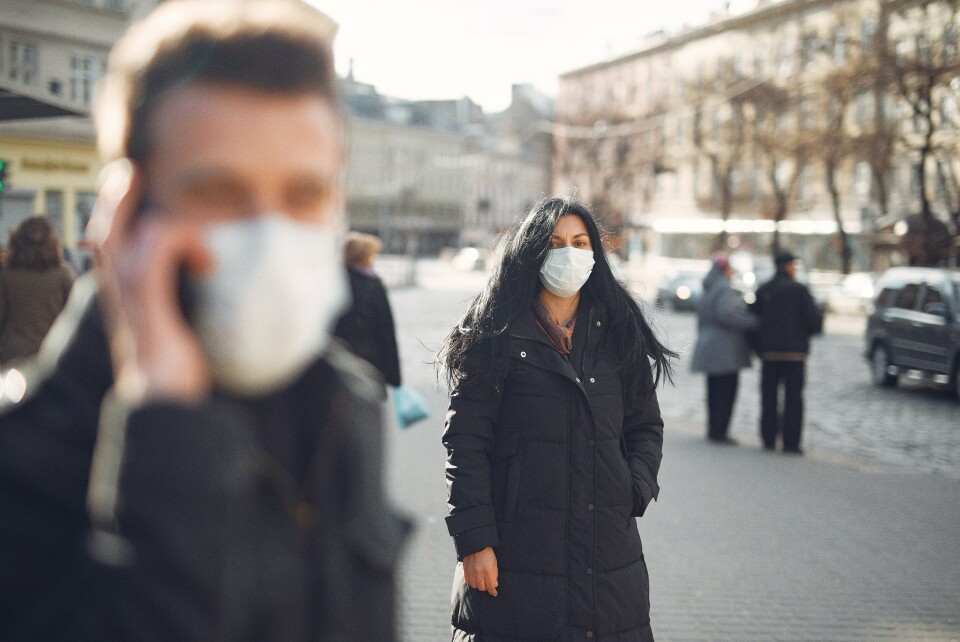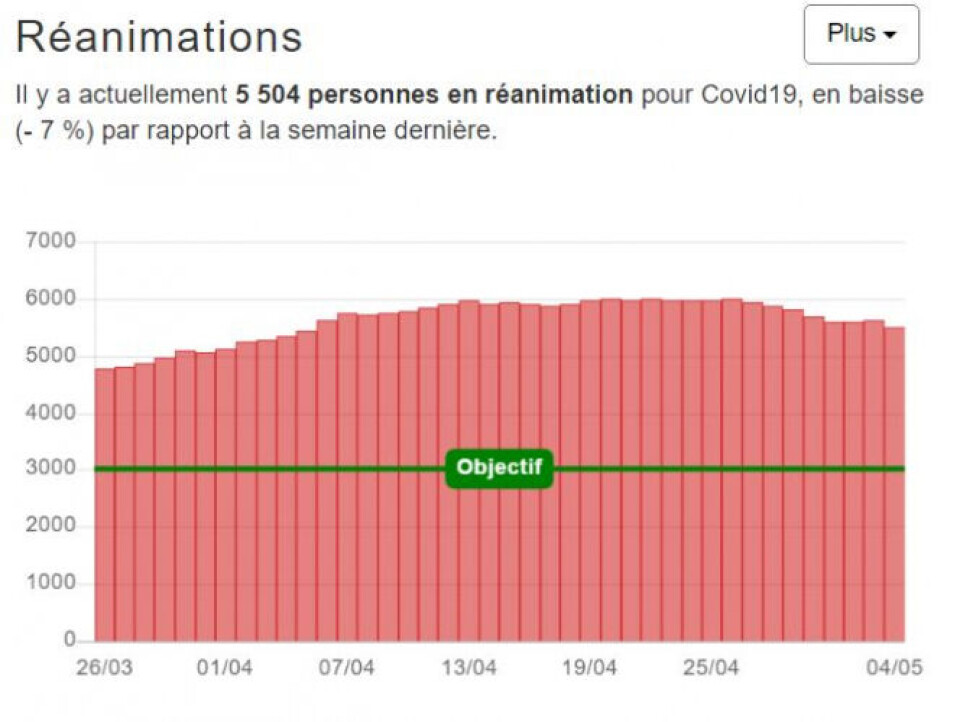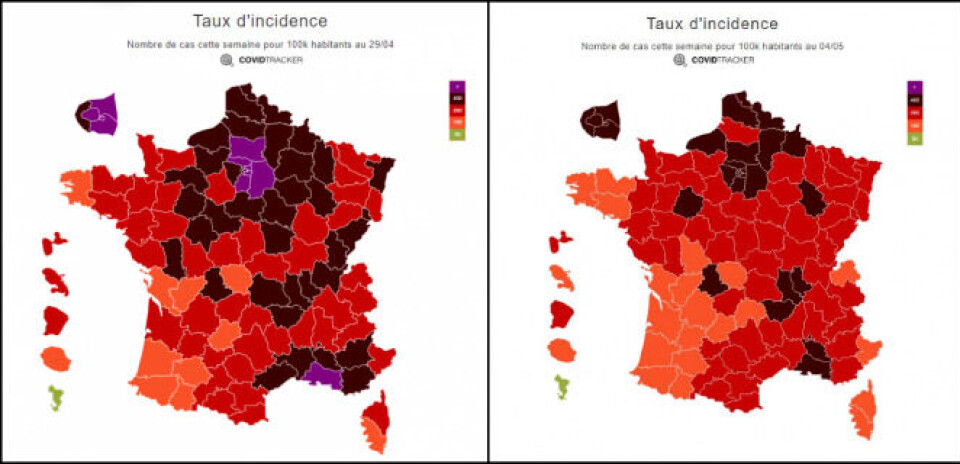-
Many Société Générale customers to be charged additional fees from April
There is some good news for international banking and instant transfers, however
-
Why gas prices in France are rising in April - and by how much
It comes after six consecutive monthly rises. Try these tips to reduce your bills
-
New notaire data suggests easing of Paris property crisis
Property experts have talked of ‘easing pressure’ and ‘breathing space’ after a four-year slump
Number of recorded Covid-19 cases drops across France
The average number of cases per 100,000 people in France went from nearly 350 in mid-February to around 220 at the start of May

The rate of recorded positive Covid-19 cases has fallen across France, and all departments now have an incidence rate (the number of positive cases per 100,000 people) below 400.
This number is important as President Emmanuel Macron said that any department with an incidence rate of above 400 may not be permitted to progress to the next stage of deconfinement.
The incidence rate is calculated by taking the number of new Covid-19 cases detected over the past seven days, dividing it by the target population (that of the department, the region, the country), then multiplying it by 100,000.
Mr Macron has set out a four-date process for easing restrictions around France.
Restrictions on movement within the country were dropped on Monday (May 3) and on May 19, the national curfew will be moved back to 21:00, non-essential shops will reopen and café, restaurant and bar terraces will be allowed to reopen.
See our quick-look guide to the easing of measures below.
Mr Macron said departments may not be able to ease restrictions on these dates if any of the following three criteria are met:
-
The incidence rate (the number of people positive for Covid-19 out of 100,000 population) exceeds 400;
-
The incidence rate surges quickly;
-
There is a saturation of patients in intensive care units;
The number of Covid-19 cases remains “elevated”, despite the improving trend, health authority Santé Publique France stated in a Covid-19 report published on May 4.
“Despite the reduction in incidence over the last two weeks, the decrease in hospital pressure remains very limited, especially in intensive care units.
“As the lifting of some restrictions approaches, epidemiological indicators remain at higher levels than those observed before the lifting of the previous lockdown [in December 2020],” the report stated.
The number of patients in intensive care units due to Covid-19 has dropped from nearly 6,000 people to around 5,500 people in the past two weeks. See the graph below.
Meanwhile, the national incidence rate has dropped from nearly 350 in the middle of February to around 220 now.

At the end of April, eight departments had an incidence rate of over 400: Seine-Saint-Denis; Val d’Oise; Val-de-Marne; Essonne; Seine-et-Marne; Oise; Paris; Bouches-du-Rhône.
These have now all dropped to below that threshold.
The picture below shows the incidence rate per department on April 29 (left) and May 4 (right). The darker the colour the higher the incidence rate. The purple colour represents departments with an incidence rate over 400.
You can see the incidence rate in your department by looking on the Covidtracker.fr website at this link.

Scroll down until you see the map titled ‘Taux d’incidence’, and then hover your mouse over your department to see the figures.
Read more:
France on target to reach 20 million Covid vaccines by mid-May
Covid France: No more masks outside this summer, health minister hopes
























